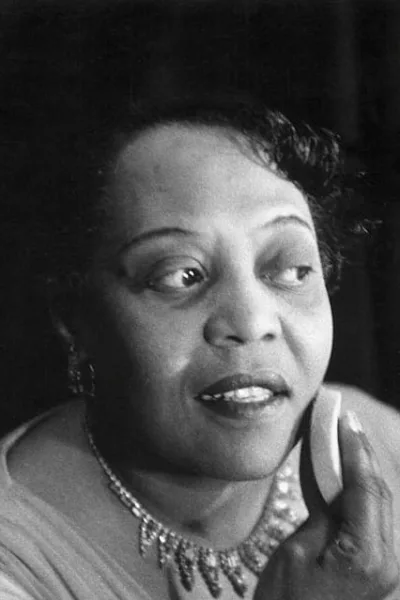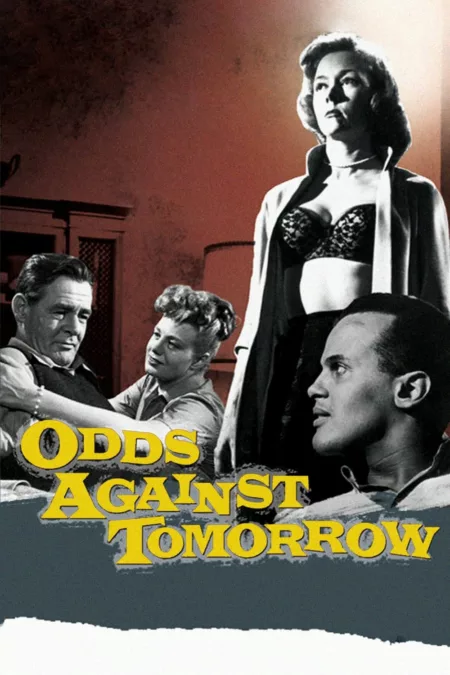Biography
(No Information)
Filmography
all 3
Movies 2
self 2
TV Shows 1
Information
Known ForActing
GenderFemale
Birthday1907-01-23
Deathday1996-12-13 (89 years old)
Birth PlaceNew York City, United States
CitizenshipsUnited States
This article uses material from Wikipedia.
Last updated:
 Mae Barnes
Mae Barnes- Filmography
- Information


